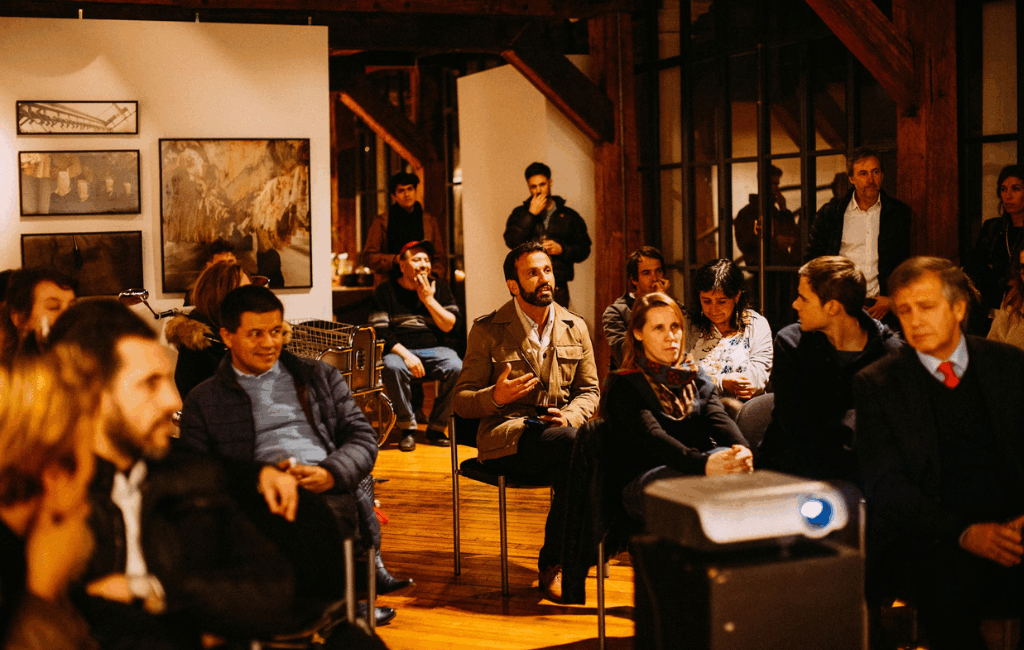
Engagement Hub
How to (not) implement evidence-based policy
If lawmakers adopted a policy supported by evidence, would our work be done?
No matter how much we champion the use of evidence to inform policy, I think you might agree that a key goal is to see evidence inform policy and then get implemented into practice. Without this, we lack ‘evidence’ (no pun intended) of the policy’s effectiveness.
This short examines common obstacles in implementing evidence and what it could mean for researchers seeking to see evidence-based policy in action.
Background
While a state’s homeless policy differs greatly from its migration policy, on a practical level, they share many similarities: significant time is spent managing inflows, trying to divert people back to their community of origin, and helping them to integrate into communities. There are limited resources and swaying public opinion about the deservingness of recipients.
There are few instances in migration policy where there is the combination of: (1) robust evidence + (2) national policy support + (3) funding. But that was the fortunate situation I found myself in several years ago when I was asked to lead the implementation of evidence-based policy for a US city’s 200-employee and $18 million homeless response.
It seemed like the recipe for evidence-based policy success. Woo hoo.
I was wrong.
Despite dedicated staff, supportive leadership, and national backing, the city department I worked with was more than a decade behind in implementing evidence-based interventions. It seemed imperative for them to update their programs.
What held them back?
Challenges
#1: Staff were resistant.
But not because they didn’t care about their clients or their jobs but because they hadn’t experienced first-hand the evidence that was being touted. They were judged for not getting on board and had their questions of genuine concern largely dismissed as being ignorant.
#2: There were endless emergencies.
These ranged from gas leaks, flooding, and rapid evacuations to record-breaking overdoses, physical assaults, and infectious disease outbreaks. Once we discovered a sinkhole underneath part of the shelter. Nothing prepares you for this, and it always creates significant disruptions to implementation.
3. Policy and practice were disconnected.
City coordination meetings, where funding and regulations were discussed, always happened downtown at city hall. However, my department’s services and staff were on the completely other side of town. Not only did it take 1 hour of travel time to get to and from meetings, but our daily reality was extremely different from the reality of policy officials and researchers.
4. Bureaucratic hurdles loomed large.
Any change, even a seemingly small one, required navigating many tiresome hurdles ranging from procurement regulations to staff job contracts to dense data-sharing agreements. Then, of course, there were bigger things like new policies and organisational structures and new programs, as well as new metrics to assess those programs.
5. Change was incremental.
Change was incremental, making it hard to feel that all the effort was worth it. There weren’t quick wins nor obvious miracle moments of ‘Look! Wow! That’s evidence in practice.’ Spoiler alert: I don’t think these exist.
These challenges, though significant, are not unique. We addressed them by focusing on one of the change management strategies proposed by behavioural scientists Dan and Chip Heath: ‘clearing the path’—finding a way to get from point A to point B. What did we learn?
Things to consider if evidence isn’t moving from policy to practice:
Understand Values Behind Resistance: Listen to staff concerns and understand how values, identity, and experiences feel threatened. We led lots of focus groups and trainings, added dedicated time at every meeting for feedback, and asked all managers to have an open-door policy to make it easy for staff to share thoughts.
Address Chronic Stress and Trauma: In addition to frequent emergencies, frontline staff often have high rates of secondary trauma. These chronic stressors notably impair their ability to plan for and implement strategic changes. To address this, we had to first prioritise staff support so that they would even be able to engage in conversations about evidence, change, and strategy.
Be Physically Present: When meeting discussions fail to lead to actions, it’s a sign of breakdown. Rather than holding more meetings, to discuss this, physically go in person (when possible) to where a policy is actually implemented. Partnership and momentum took off when some policy officials physically came to our large shelters in an industrial neighbourhood on the other side of town.
Support Implementation, Don’t Just Demand It: Sometimes, on a bigger picture, an evidence-based intervention can seem straightforward. In our case, it was to keep people in housing or get them housed as soon as possible. It doesn’t seem like rocket science. But as the saying goes, ‘the devil is in the details.’ While we had built a lot of buy-in toward implementing evidence-based policies, there were still endless roadblocks. We were immensely helped by a technical assistance guru named Ashley, who was able to both give strategic advice and practically help us figure out the next steps.
Think Long-Term: Implementing new practices in large systems is like steering a freight boat, not a motorboat. Quick 180 U-turns are damaging and your goal as my boss lifelong civil servant Gerry would say “we’re turning the ship, one notch at a time.”
Learn more:
You’re likely going to continue being a researcher, not a policy official or service or programme director. So how can you support the implementation of evidence?
If there is already decent enough evidence on a specific policy response or intervention and there’s still no uptake, consider not trying to produce more evidence but instead changing the way you engage with those who could implement the evidence.
Learn more:
What is an implementation science question?
How chronic stress changes the brain – and what you can do to reverse the damage
Switch: How to Change Things When Change Is Hard
Stephanie Acker is a research associate at the Migration Policy Centre.
Related resources
Submit your idea for a ‘short’ to be featured on the Co-Lab.












